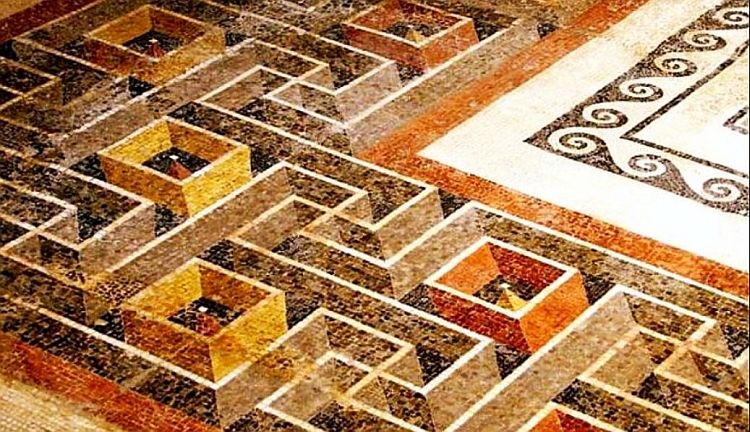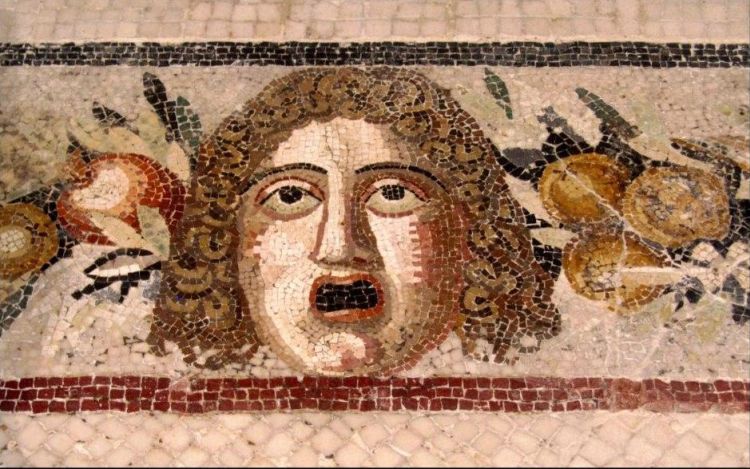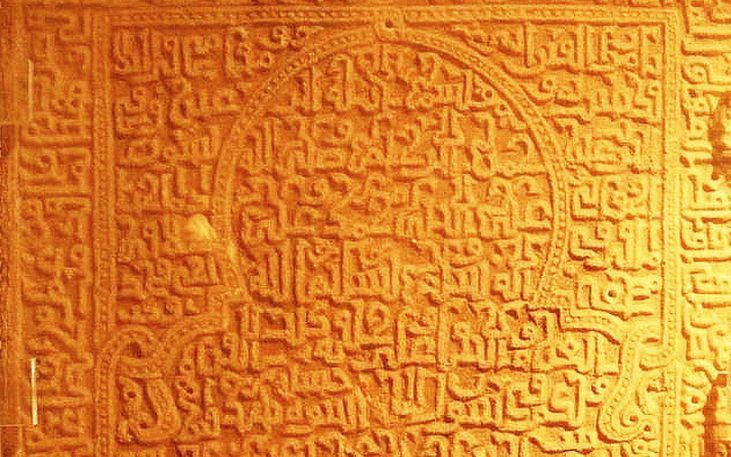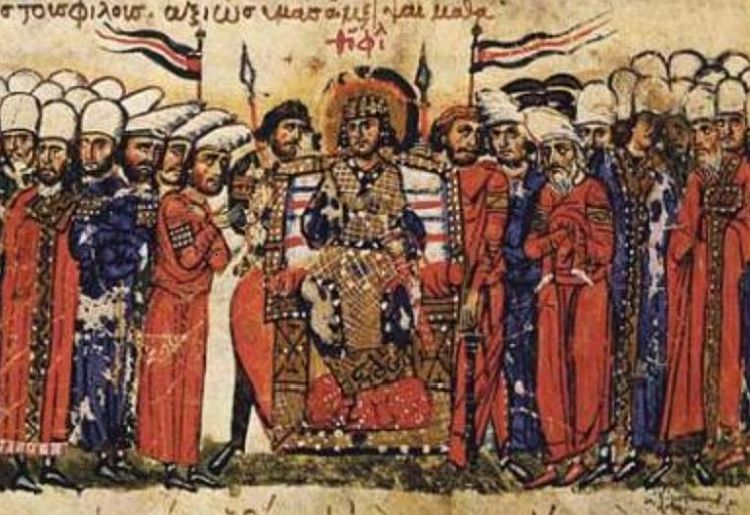
The Maltese islands have the oldest standing structures in the world and have been occupied by the Phoenicians, the Romans, the Order of St. John, the French, the British and many more! In 1964 Malta finally gained its Independence, the culmination of its rich history.

Malta għandha numru ta’ portijiet naturali li taw lill-gżira importanza strateġika fil-Mediterran u għalhekk dik il-qawwa li kienet tikkontrolla lil Malta kienet f’pożizzjoni li tinfluwenza avvenimenti fil-Mediterran.

Le isole maltesi hanno le strutture più antiche del mondo e sono state occupate dai Fenici, dai Romani, dall’Ordine di San Giovanni, dai Francesi, dagli Inglesi e molti altri! Nel 1964 Malta ha finalmente ottenuto la sua indipendenza, il culmine della sua ricca storia.

Les îles Maltaises, Malte, Gozo et Comino, furent occupées successivement par les Phéniciens, les Romains, les Arabes, les Normands, les Angevins, L’Ordre de St. John, les Français les Anglais et plusieurs autres. En 1964, Malte gagna finalement son indépendance.

Die Maltesischen Inseln – Malta, Gozo und Comino – liegen ca. 95 km südlich von Sizilien und 290 km nördlich von Tunesien und verbinden somit das östliche Mittelmeer mit dem westlichen. Zusammen nehmen die Inseln nur 316 km² Fläche ein, wobei Malta die größte Insel ist. Sie hat viele natürliche Häfen und spielt dadurch eine […]

Man first arrived in Malta around 5200 BC, probably from Sicily (about 100km/60 miles to the north), and mainly formed farming and fishing communities. What survives of this community are the fragments of carved statuettes emphasising female characteristics as a fertility cult. With all the modern technology available to researchers and archaeologists, little more is […]

Il periodo del tempio, uno dei periodi più importanti della storia di Malta, iniziò intorno al 3600 aC. Malta ha non meno di sei templi del Patrimonio Mondiale dell’UNESCO. Il tempio preistorico di Ġgantija (pietre giganti) a Gozo è il più antico edificio indipendente al mondo.

L’Homme est arrivé à Malte autour de 5200 avant Jésus Christ, probablement de Sicile (environ 100 Km au Nord) et formait des communautés d’agriculteurs et de pêcheurs

Die ersten Menschen kamen ungefähr 5 200 v.Chr. von Sizilien (ungefähr 100km im Norden) nach Malta und lebten größtenteils in Ackerbau- und Fischfang-Gemeinden. Von dieser Gemeinschaft sind lediglich Überreste von geschnitzten Statuen erhalten, die weibliche Eigenschaften als Fruchtbarkeitskult betonen. Trotz moderner Technologien, die den Forschern und Archäologen zur Verfügung stehen, weiß man kaum mehr aus […]

Master seafarers and traders, the Phoenicians left no written accounts of themselves and it is only through their remains that we can draw information on their stay that brought the first written alphabet to Malta, taking Malta from prehistory to history proper.

I Fenici erano un popolo marinaro che viveva lungo la Costa Levantina, e navigava oltre i confoni del mondo conosciuto. Nonostante abbiano inventato la scrittura, non hanno lasciato niente di scritto su di loro, ma è grazie ai resti di ceramiche, e alla rottura del condice sul “cippo” di Malta che sappiamo qualcosa su questo […]

On the Romans’ first raid in Malta in 255BC, they pillaged and destroyed but did not remain. Clearly, they did not yet recognize the strategic significance of the islands. Still, once Malta became part of the Roman Empire it flourished like never before.

L-ewwel kuntatt id-dokumentat tar-Rumani mal-gżejjer Maltin jidher li seħħ fis-sena 255 QK, matul l-Ewwel Gwerra Punika. Il-flotta Rumana kienet fit-triqtha lura minn kampanja militari fl-Afrika meta waqqfu f’Malta, serqu dak li setgħu u taw in-nar lil dak li kien fadal. Għaldaqstant hu ċarissimu li r-Rumani ma kienux għadhom intebħu bl-importanza strateġika tal-gżejjer tagħna. Dak iż-żmien […]

Il primo contatto registrato tra le Isole Maltesi nel 255 A.C. durante la Prima Guerra Punica, saccheggiarono tutto quello che poterono, e devastarono il resto. Chiaramente, non si resero conto in quel momento del significato strategico delle isole.

440 to 530AD was a bloody period as Germanic Vandals and Ostrogoths warred over southern Europe, however Byzantium’s 533AD victory over the Vandals in Sicily led to Byzantium ruling Malta for more than three centuries as an outlying guard and Muslim target.

Il periodo tra il 440 e il 530 a.C. fu sanguinoso perchè i Vandali e gli Ostrogoti germanici guerreggiavano nell’Europa meridionale. Tuttavia la vittoria di Bisanzio sui Vandali nel 533 a.C. in Sicilia, portò Bisanzio a governare su Malta per più di tre secoli come guardia periferica e bersaglio musulmano.

After Muhammad died in 632 AD, Islam spread across the Middle East and North Africa as far as Spain and Sicily. After three centuries of Byzantine rule, Malta fell to the North African Aghlabids in 870 AD, a conquest that would cause ripples for centuries.

Malta intrebħet mill-Musulmani fis-sena 870 WK, wara tlett sekli ta’ tmexxija Biżantina. Għalkemm intbagħtu min Malta kwazi 900 sena ilu, din il-konkwista ħalliet konsegwenzi matul is-sekli li ġew wara, li għadhom jinħassu sal-ġurnata tal-lum.

Dopo la morte di Maometto nel 632, l’Islam si diffuse in tutto il Medio Oriente e Nord Africa, fino alla Spagna e alla Sicilia, Malta cadde sotto gli Aglabidi Nordafricani nel 870, dopo tre secoli di dominio Bizantino. Gli effetti di questa conquista causarono increspature durante i secoli, che si percepiscono ancora oggi. Alcuni storici […]

At the end of the 10th century the Mediterranean was a battlefield for three great powers: the Byzantines, the Muslims and the Normans. In 1091 the Normans took over all Sicily from the Arabs and sailed to Malta, the beginning of the re-Christianisation of Malta.
designed and produced by Logix Digital